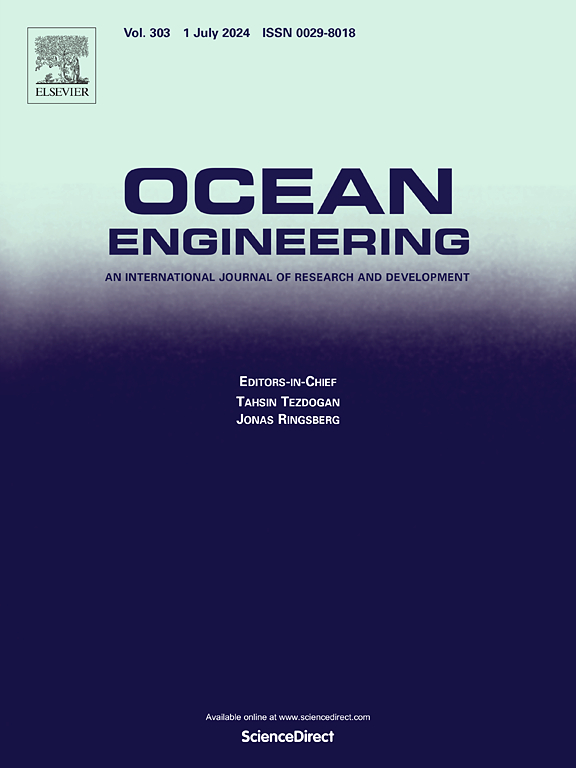Integrated topology and power distribution optimization for the shipboard hybrid energy storage system via genetic algorithms and dynamic programming
IF 4.6
2区 工程技术
Q1 ENGINEERING, CIVIL
引用次数: 0
Abstract
Recently, the shipping industry has accelerated the transition to electrified propulsion systems to improve fuel efficiency in response to strengthening environmental regulations. Ships experience nonlinear variations in power demand due to propulsion and hotel loads from onboard accommodations and equipment. To effectively manage fluctuating loads, it is essential to design propulsion systems integrated with Energy Storage Systems (ESS). However, ships have a larger physical scale than other mobility systems, single battery-based ESS is not sufficient to respond to changing loads. Accordingly, it is necessary to configure a hybrid energy storage system (HESS) that combines energy storage devices with different characteristics to secure optimal performance and reliability. This study proposes an efficient configuration and integrated power topology optimization method for HESS. To achieve this, a genetic algorithm (GA)-based sizing optimization and a dynamic programming (DP)-based load distribution optimization are applied. The results showed a 64 % reduction in weight and a 19 % reduction in energy loss through optimized battery-flywheel coordination. The optimization methodology of this study contributes to maximizing energy and operational efficiency and also improving lifespan of ESS and system stability of hybrid electric ship for various ship types.
基于遗传算法和动态规划的舰载混合储能系统拓扑和配电综合优化
最近,航运业加快了向电气化推进系统的过渡,以提高燃油效率,以应对不断加强的环境法规。由于船上住宿和设备的推进和酒店负荷,船舶经历了非线性的电力需求变化。为了有效地管理波动负荷,必须设计与储能系统(ESS)相结合的推进系统。然而,船舶比其他移动系统具有更大的物理规模,基于单一电池的ESS不足以响应不断变化的负载。因此,有必要配置混合储能系统(HESS),将不同特性的储能设备组合在一起,以获得最优的性能和可靠性。本研究提出了一种高效的HESS配置与集成电源拓扑优化方法。为了实现这一目标,应用了基于遗传算法(GA)的尺寸优化和基于动态规划(DP)的负载分配优化。结果显示,通过优化电池-飞轮协调,重量减轻了64%,能量损失减少了19%。本研究的优化方法有助于实现能源和运行效率的最大化,并提高各种船型混合动力船舶的ESS寿命和系统稳定性。
本文章由计算机程序翻译,如有差异,请以英文原文为准。
求助全文
约1分钟内获得全文
求助全文
来源期刊

Ocean Engineering
工程技术-工程:大洋
CiteScore
7.30
自引率
34.00%
发文量
2379
审稿时长
8.1 months
期刊介绍:
Ocean Engineering provides a medium for the publication of original research and development work in the field of ocean engineering. Ocean Engineering seeks papers in the following topics.
 求助内容:
求助内容: 应助结果提醒方式:
应助结果提醒方式:


